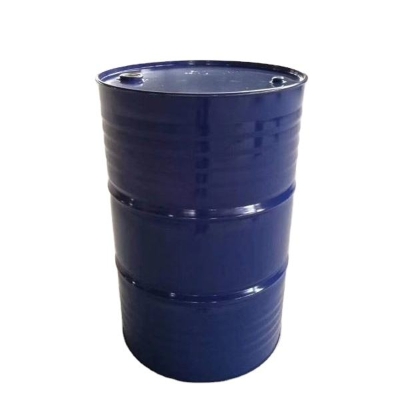-
Categories
-
Pharmaceutical Intermediates
-
Active Pharmaceutical Ingredients
-
Food Additives
- Industrial Coatings
- Agrochemicals
- Dyes and Pigments
- Surfactant
- Flavors and Fragrances
- Chemical Reagents
- Catalyst and Auxiliary
- Natural Products
- Inorganic Chemistry
-
Organic Chemistry
-
Biochemical Engineering
- Analytical Chemistry
-
Cosmetic Ingredient
- Water Treatment Chemical
-
Pharmaceutical Intermediates
Promotion
ECHEMI Mall
Wholesale
Weekly Price
Exhibition
News
-
Trade Service
According to the Russian oil and gas network reported on April 27 in Oslo, the latest research results from the Norwegian energy research and business intelligence company Rystad show that due to the accelerated energy transition, the global carbon capture, utilization and storage will be affected by 2030.
(CCUS) project is expected to capture more than 550 million tons of carbon dioxide from the atmosphere each year
.
This capacity increase is a more than 10-fold increase over the 45 million tonnes of CO2 currently captured annually, due to the accelerated pace of decarbonisation
.
Project announcements have surged in 2021, with the current pipeline comprising more than 200 development projects, more than three times the number of projects currently operating globally
.
Based on current developments and expected economies of scale, CCUS projects are expected to cost between $75 and $100 per ton of CO2 captured by 2030, implying that the total market value of the field could be worth every year by 2030.
to $55 billion
.
Even so, however, the total carbon capture capacity would still be far below the level needed to limit global warming and would not meet Rystad's proposed 1.
6°C climate scenario or the International Energy Agency's proposed net-zero scenario
.
Both scenarios would require the capture of nearly 8 gigatonnes of CO2 by 2050, a substantial increase from the projected 550 gigatons/year by 2030
.
If the world is to achieve these goals, it will need to actively invest in and deploy CCUS technology from 2030 onwards
.
Thanks to supportive policies and incentives, Europe and North America will dominate the CCUS market by 2030, contributing 450 Mt/y of CO2 capture capacity, accounting for 80% of the estimated total global capture of 550 Mt/y
.
The annual CO2 capture capacity in Europe is expected to reach 222 million tonnes by 2030, a sharp jump from the current 7 million tonnes
.
In North America, Canada recently announced a tax credit program in this year's budget, with a 50% tax credit for conventional capture technologies and a 37.
5% tax credit for CCUS transport and storage equipment
.
This would significantly improve the economics of CCUS projects in Canada, approaching the country's current average cost of $30 per ton of carbon dioxide emissions
.
In the United States, if the "Building Back for a Better Future" bill is passed by the Senate, the tax credit provided will increase from $50 to $85 per ton of carbon dioxide
.
Economic and financial constraints are the main reasons why CCUS projects are not going as planned, but more and more countries are starting to recognize the importance of providing support to such projects
.







